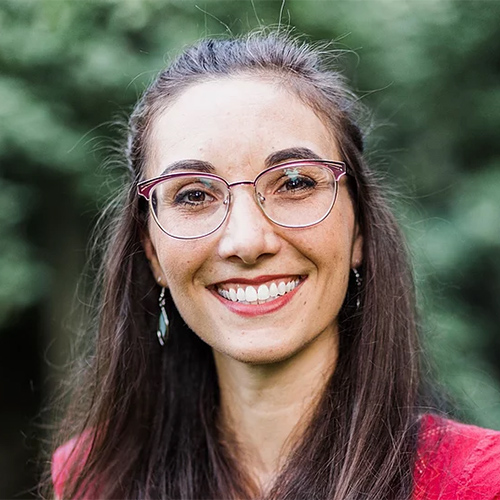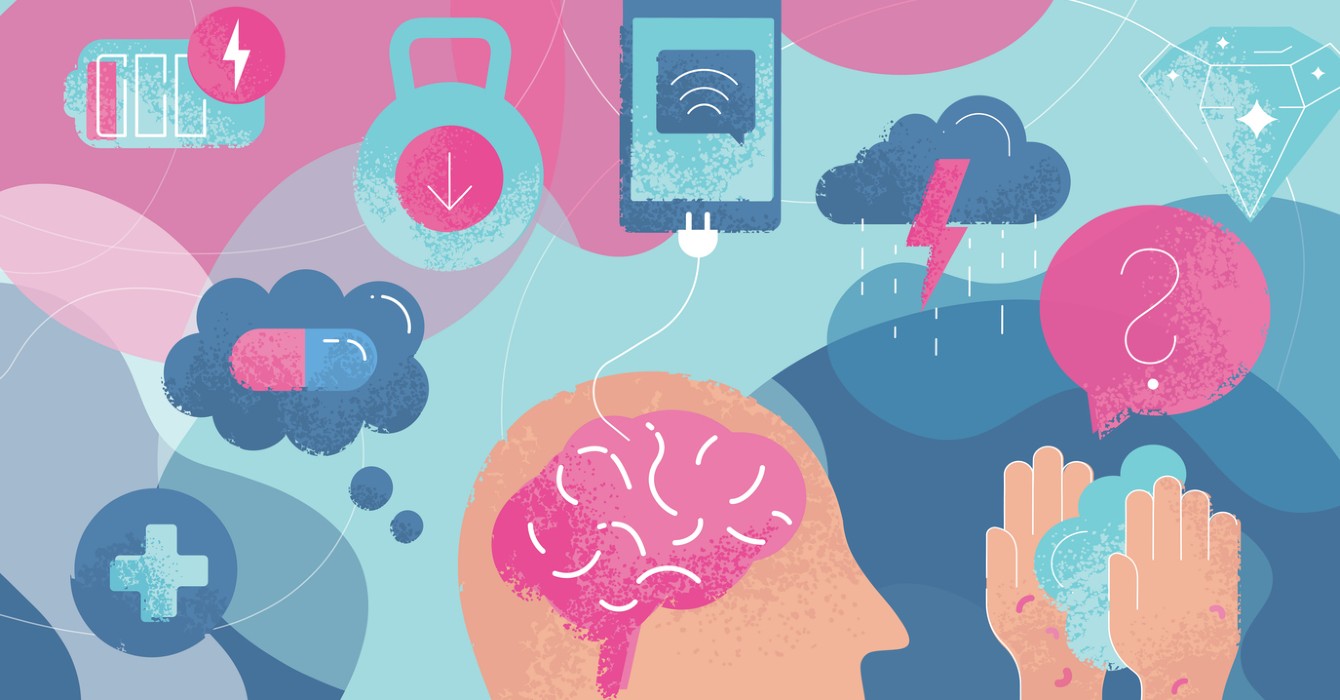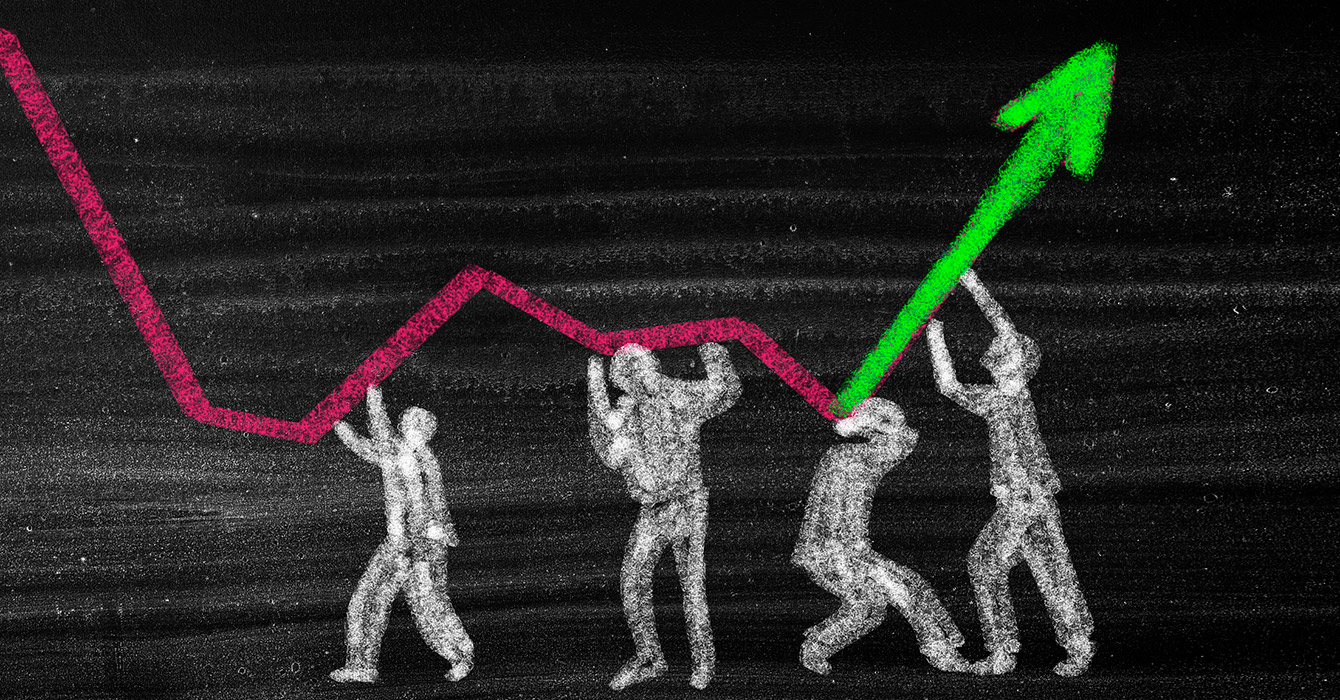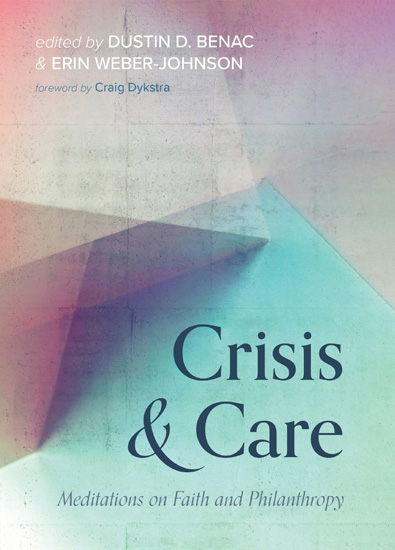On a late spring evening this year, I slid a cookie cake across the table toward my family. I’d bought it to announce some good news. The letters in bright pink frosting read “Goodbye Student Loans.”
Earlier that day, the liturgy I’d participated in for months came to a close. It was a ritual relatable for any pastors who’ve applied for the Public Service Loan Forgiveness Program (PSLF) since it was opened up to clergy in 2021.
Every third month for the past two years, I’d called the Missouri Higher Education Loan Authority (MOHELA), my loan servicer, to check my status, only to hear again that there was no progress to report on my loan forgiveness — the bureaucratic knots were tight, and staffing was low.
In the months between calls, I’d log in to my student loan account and see that my balance hadn’t caught up to reflect all of my payments. In order to have my debt considered for forgiveness, I was required to make 120 on-time payments, which I did. I made 10 years of payments that had yet to dent the principal of my loan, but the ticker was stuck at 70, stalling my loan forgiveness. I’d tracked down each of my employers, submitted the paperwork for a decade of service and then waited two years for a response.
I’ve worked in nonprofit and church organizations my whole adult life. Before the introduction of PSLF to clergy, I assumed I’d carry my seminary debt to the grave, eking out the minimum payment, adjusted for my salary, year after year. I tried to do everything right. I went to the seminary that offered me the highest tuition assistance — 95%. But even with my tuition almost fully covered and my spouse working part time, we accrued debt each year to pay for housing, food, child care for our toddler and health insurance. My spouse, also in graduate school while I was in seminary, added to our debt load.
Debt is reality for many pastors, because the majority of denominations in the United States require an M.Div. for ordination. But even without the denominational training requirement, my seminary education was essential for my ministry. I rely on the training I received from Princeton Theological Seminary every day of my work in the church, and my degree is by far the best financial investment I’ve made in my lifetime.
And yet I knew that I’d likely never be in a position to pay off the loans I took out to care for my family while I went to school. Each month since I graduated in 2012, I’ve budgeted for food and shelter and saved for my children’s college education. Occasionally, I’ve also had to put money away for a busted HVAC unit or attempt to carve out funds for ballooning property taxes. The routine and unexpected expenses have meant I’ve put off paying above the minimum of my educational debt.
I’m not alone in facing these kinds of choices. I’m one of the 43.6 million Americans who have federal student loan debt. Collectively, we owe $1.64 trillion. The student loan crisis is built on entrenched economic patterns. Over the past three decades, the average annual tuition for public four-year colleges has grown from $4,160 to $10,740, adjusted for inflation. Housing prices have risen 935% since my parents graduated from college. Meanwhile, purchasing power from wage growth has barely budged in 40 years.
After campaign promises to eliminate all student debt for households making less than $125,000, the Biden administration has walked the promises back and instead attempted a variety of interventions to ease the burden on student debt holders. Each of those has been resisted and at times thwarted by the Supreme Court and Republican legislators.
I’ve heard the prevailing narrative, prominent among conservative pundits, that student loan borrowers are responsible for dealing with our own student debt. This rhetoric rarely takes into account the economic climate inherited by borrowers like me. What’s more, it overlooks the significant bailouts the U.S. routinely provides to business owners and banks when their decisions lead to fiscally precarious futures.
The federal government’s tolerance for loan forgiveness came to the fore with the Paycheck Protection Program (PPP), which has forgiven $757 billion of the nearly $790 billion in loans it gave to small businesses. Several of the congressional representatives who received and benefited from these loans subsequently rejected a $10,000 flat student loan forgiveness for borrowers. The average amount for a PPP loan was $70,000.
According to our government’s logic, individual people are responsible for our debts but companies are not. Our economy enforces this morality, turning our lives into calculations of profit motive and return on investment.
Anthropologist David Graeber, in his book “Debt: The First 5,000 Years,” reminds us of the perversion we have inherited in reducing our lives to debt relations. We don’t owe our mothers a debt for raising us. And even if we did, how could we repay it? Human lives are more intricate, vulnerable and complex than this reduction. Shouldn’t we try to create economic models that reflect our humanity?
Every three months, after I thwarted the automated system’s attempts to direct me back to the PSLF website, I would finally speak to a human being who would tell me there was no update on my submitted paperwork. I have no idea what bureaucratic wheel finally turned to move me through to approval, but one afternoon, without fanfare, I received a simple email: “We determined you have successfully met the requirements of the PSLF Program and your loans have been forgiven. Thank you for your public service.”
PSLF was a personal relief for me and my family, allowing a couple of hundred dollars a month to flow back into our budget. For a small church pastor, this extra money is financially significant. But it also serves as a reminder that we do not have to organize the world as we do now. Debt can be forgiven.
Other people are already living into new visions for our collective future. Across the country, student borrowers are building momentum toward a national student debt strike.
The Rolling Jubilee Fund, the first of its kind, purchased $10 million of debt incurred by students at Morehouse College. The purchase cost $125,000, just over a penny on the dollar. Jubilee then erased the debt. Last year, in partnership with the Debt Collective, Jubilee’s sister organization, it helped cancel $1.7 million of debt for Bennett College students.
I know how those students felt. I remember the sense of relief that came, like a weight leaving my body, when I logged in to the MOHELA website and finally saw the number $0 flash across my screen.
“[Debt cancellation] would be salutary not just because it would relieve so much genuine human suffering,” Graeber writes, “but also because it would be our way of reminding ourselves that money is not ineffable, that paying one’s debts is not the essence of morality, that all these things are human arrangements and that if democracy is to mean anything, it is the ability to all agree to arrange things in a different way.” This is our world. We have every hope to organize it differently.























